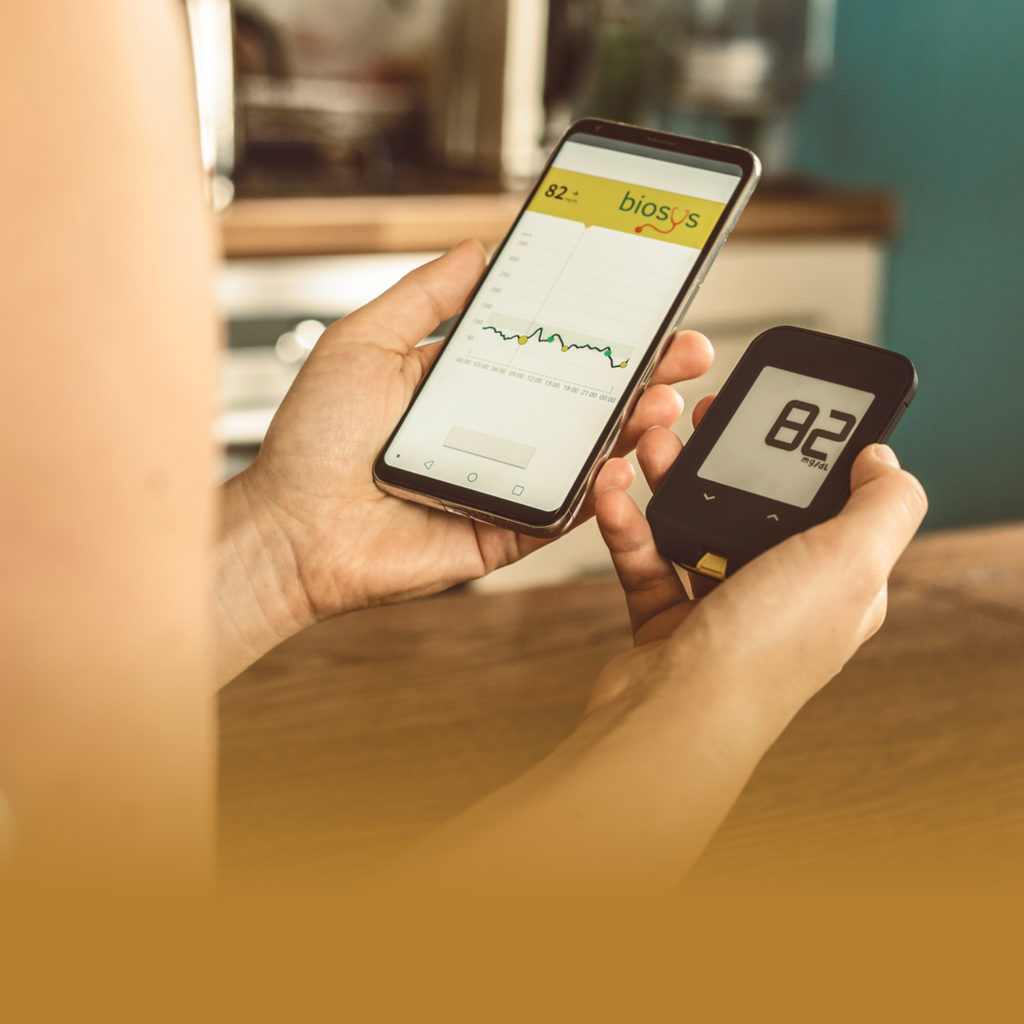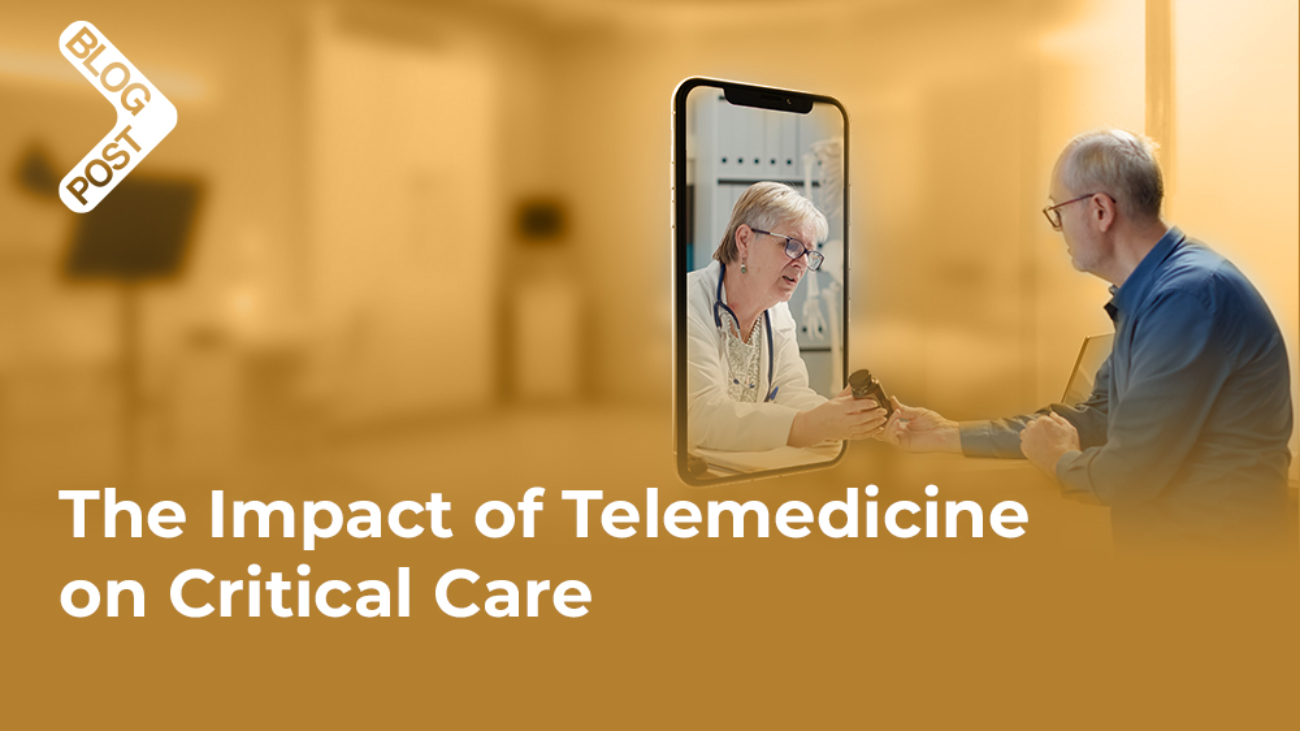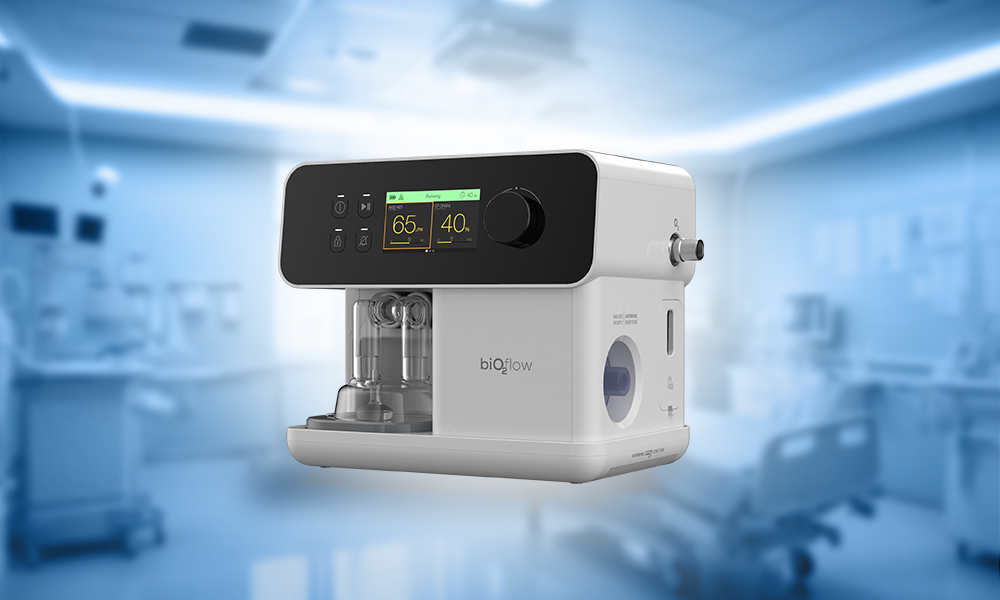The emergence of telemedicine critical care sector has encountered an enormous change in the past few years. Its advent has brought a great change and alteration to the delivery of clinical care and access to specialized expertise. This great medical invention has also proven its essence with more patient outcomes as a result of its impact on medical consultation.
Telemedicine on Critical Care: A Modernize Care Impact
The effect of Telemedicine on critical care is an approach powered by technology, whose goal is centered on providing efficient medical treatment like remote patient monitoring, in the intensive care unit (ICU). Also, the introduction of a telemedicine network is to alleviate the increased scarcity of intensive care specialists and the escalating demand for telemedicine critical care services.
This article will provide you with telemedicine diverse opportunities and challenges in ICU, various transformative natures of telemedicine critical care for patients, and strategic integration of telehealth with traditional ICU practice.

Telemedicine in the ICU: Opportunities and Challenges
Telemedicine is an advanced health tech that has greatly influenced critical care – Telehealth-IUC. It’s a system that’s rapidly evolving, with faster adoption and use. Telehealth-IUC is built for more and with more expectancy, explore with me as we unfold some of its opportunities and concerns.
Telemedicine Opportunities in the Intensive Care
Technically and functionally, the impact of telemedicine on critical care has created diverse opportunities for integral care services and has gained remarkable recognition in the ICU. Some of these opportunities it provides are as follows:
- Quick Specialist Accessibility: With the help of telemedicine, intensive care patients have quick access to communicate with specialists at a remote distance to obtain specific knowledge. With quick specialist access, it enhances clinical settings most especially in urgent circumstances.
- Early Intervention and Decision-making: Telemedicine-IUC is a flexible system that possesses a great patient outcome caused by prompt intervention in a crucial expeditious setting. This flexible nature enables medical teams to quickly make decisions and communicate within themselves.
- Enhance Remote Monitoring: The impact of telemedicine in the intensive care units has granted medical professionals the ability to constantly monitor patients’ state of health remotely. It’s a very important element that can be used for neuromonitoring and with its immediate information seen to improve patient outcomes.

Various Challenges of Telemedicine Critical Care in ICU
With the high pace of telehealth development, standards, and healthcare advancement, some integral factors of great concern still need a touch of improvement. These various telehealth-ICU challenges are as follows:
- Security and Private Information Issues: Telemedicine in the intensive care unit involves the sharing of confidential patient data which are to be strictly protected and undisclosed. This patient’s information is to be secured with proper adherence to medical regulations.
- Need for Adaptation and Training: The need for a training program may be necessary for the proper utilization of telemedicine in the intensive care unit. Also, in some cases, there may be a slow rate of medical staff adaptation to the new tech system which may result in tactical change administration techniques.
- Technological Facilities Implementation; To utilize telehealth in the ICU effectively, a strong technological integration is greatly needed. The smooth implementation of technological facilities with telemedicine on critical care resources may cause some hurdles.
- Legal Barriers to Telemedicine Critical Care in ICU: Managing Medical Laws and Regulations may be difficult for an intensive care unit specialist. Telemedicine in the ICU for medical professionals has various barriers to conquer including the need for a license, liability concerns, and adherence to medical laws.

Case studies: Telemedicine Transforming Patient Care
The invention of telemedicine-ICU has played a great role in the transformative function of patient care. It’s earned a remarkable place in medical healthcare delivery with countless case studies over the past couple of years. Below are some case reports of telemedicine’s dramatic effect:
Case Study 1: Telemedic Urban Health Service Project
- Background: Cooperative action between a medical neuroscience group and telemedicine clinics aimed at extending the provision of healthcare services to remote areas with medical inequities.
- Application: The neuroscience group provides portable technological telemedicine devices that help people in these remote areas gain access to experts, become diagnosed, and consult medical professionals.
- Result: The application of telemedicine critical care in this area fosters prompt intervention, and advancement in accessibility and also aids patients easy access to specialists.
- Issues: some technical issues occurred due to limited network coverage which was scaled through with a satellite system.
- Conclusion: Telemedic Urban Health service provides extensive assistance to rural settlements with the help of telemedicine in critical care to break down distance barriers.
Case Study 2: Success in Managing Chronic Disease
- Background: A medical professional (intensivist) employed a telemedicine service to monitor a patient with chronic obstructive pulmonary disease (COPD). Aim to assist the patient in a post-surgery maintenance process.
- Application: The intensivist constantly reaches his patient via a telemedicine device to provide further instruction and monitoring guidelines about Non-invasive ventilation.
- Result: A successful patient outcome occurred as a result of the patient’s increased control rate. An increase in medical compliance and good health with continuous monitoring treatment.
- Issues: Corrective instructions and NIV device adjusting guidelines are done by the patient, obstructive network coverage causes a breakage in communication.
- Conclusion: The application of telemedicine devices causes effective chronic disease maintenance with the doctor having more opportunities to save lives remotely.

Strategies for Integrating telemedicine with traditional ICU practice
Telemedicine in critical care has been a dynamic invention in the healthcare system that serves as a technical means of providing solutions for optimum patient care. It is a medical-tech innovation that can be integrated with traditional ICU practices to produce more patient outcomes. Below are some strategic ways of telemedicine-ICU integration:
- Remote Telemonitoring Application: Employ the use of a reliable patient monitoring application that will provide a remote health indicator for the intensivist. With the help of this telemonitoring system, ICU personnel can obtain current information that will allow prompt medical care.
- Modified Tele-ICU Procedure: Create a specialized procedure that allows easy incorporation of telemedicine with the ICU’s current procedures. Carefully dish out the responsibilities of each healthcare provider; either in remote settings or at the alpha location.
- Ensure Teleconsultation Provision: To protect patient data confidentially, facilitate the provision of a remote consultation with expertise, and ensure a more secure texting app and teleconferencing to improve coordination and knowledge sharing.
- Team Education and Training: Medical teams are to be equipped with telemedicine-related competencies. Also, funding for initiative training to teach intensivists about all telemedicine entails.
- Families and Patient Involvement: Employ various techniques that will encourage patients and their families to partake in virtual intensive care communication, allowing openness and assistance in emergency times.
- Multidisciplinary Cooperation: Develop a strong interaction among the telemedicine-ICU personnel e.g. physicians, specialists, ICU personnel, and lots more.
The impact of Telemedicine on critical care has been an advanced technological solution incorporated into the medical sector for the increase of patient outcomes in ICU and generally the improvement in the healthcare system. Telehealth-ICU entails a wide range of opportunities and challenges but with a strategic implementation into traditional ICU practice, it radiates its essence as a transformative component of patient care.
You can explore the incredible impact of telemedicine in contemporary healthcare today and discover a transformative remote patient outcome. Join the latest healthcare innovation today, and witness medical solutions at your comfort.




